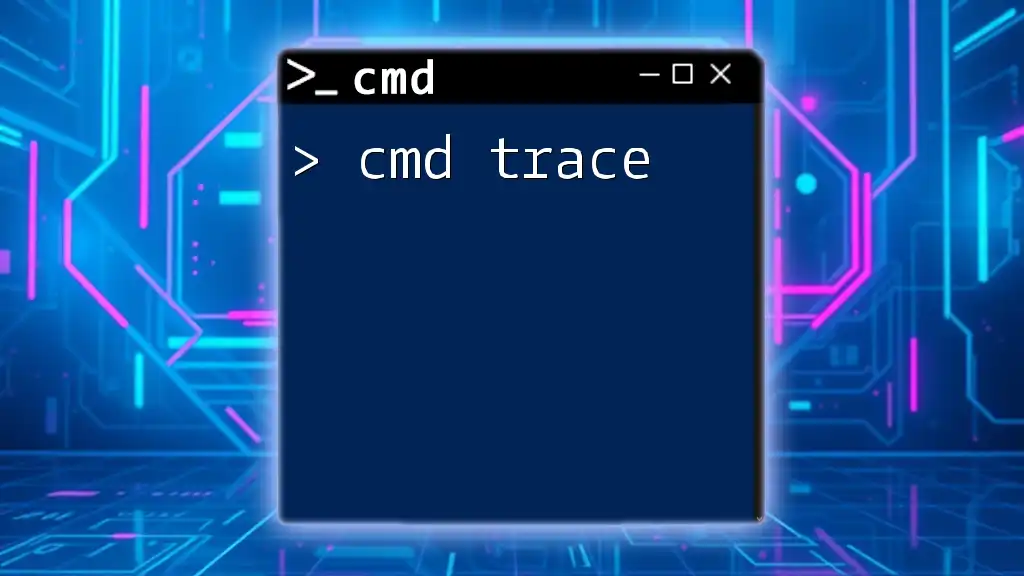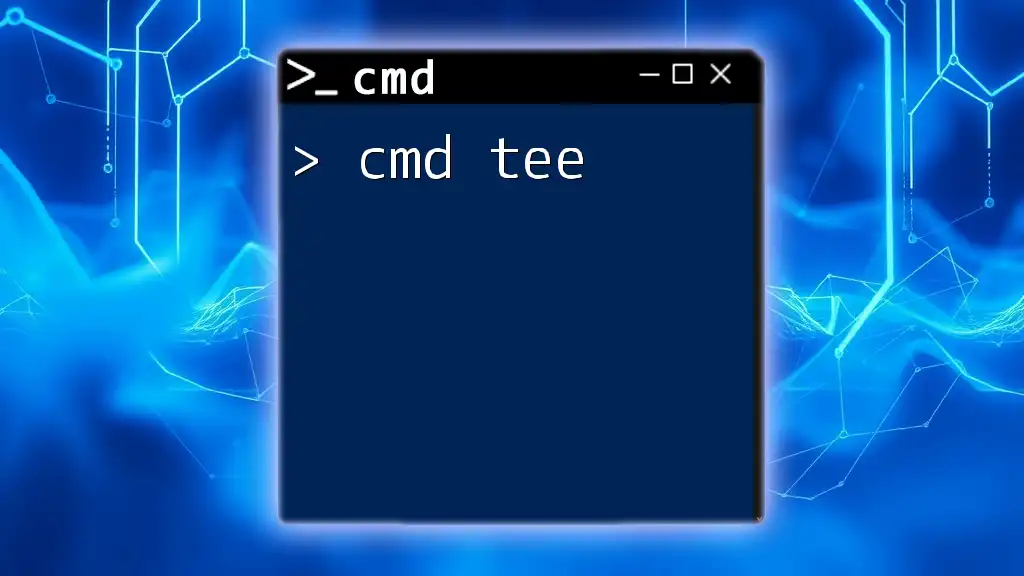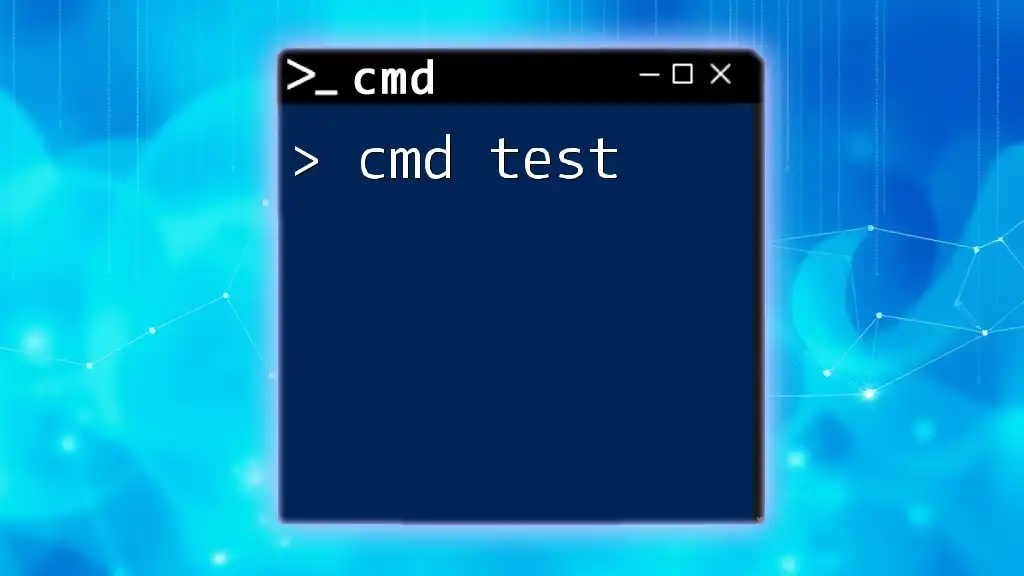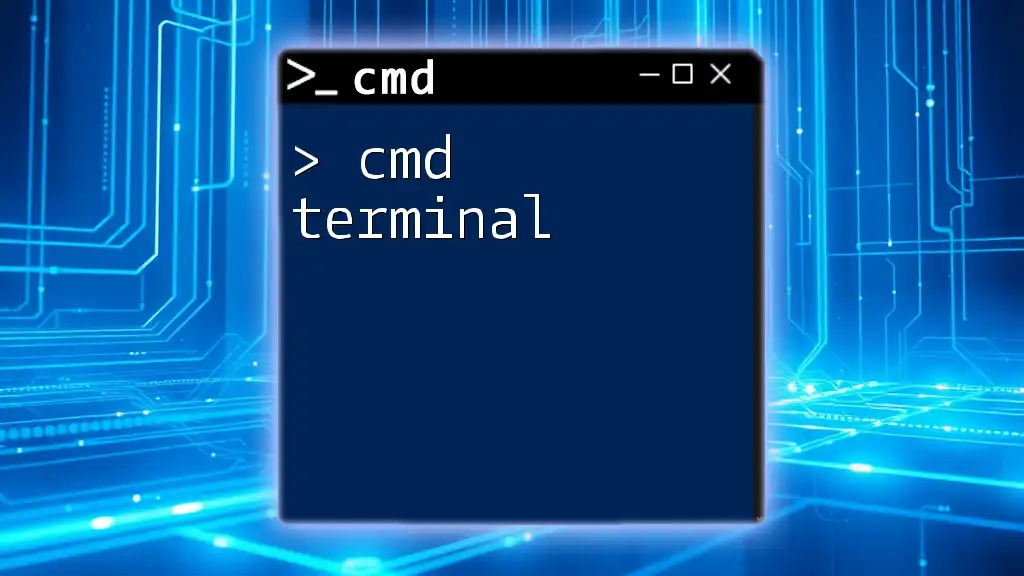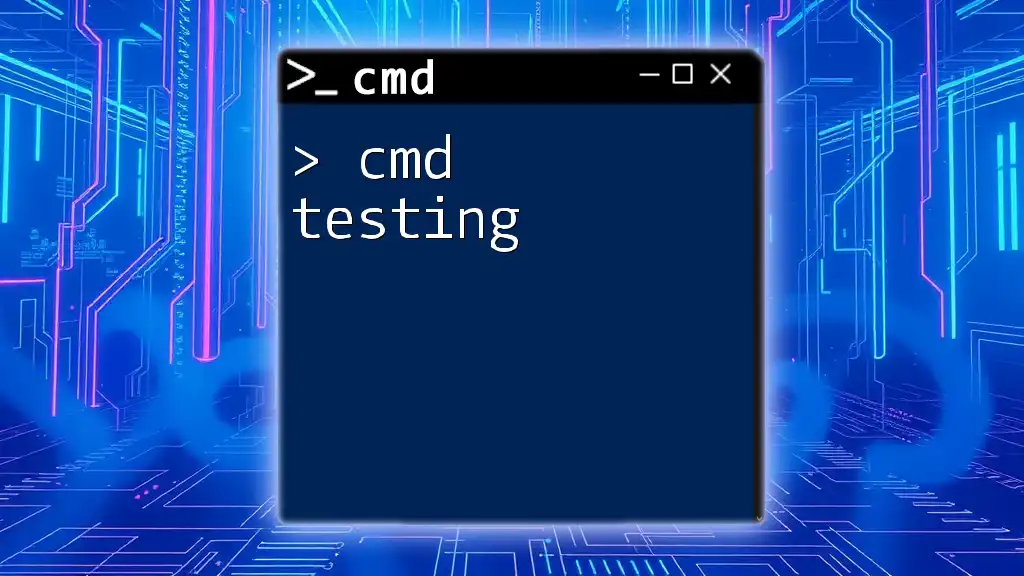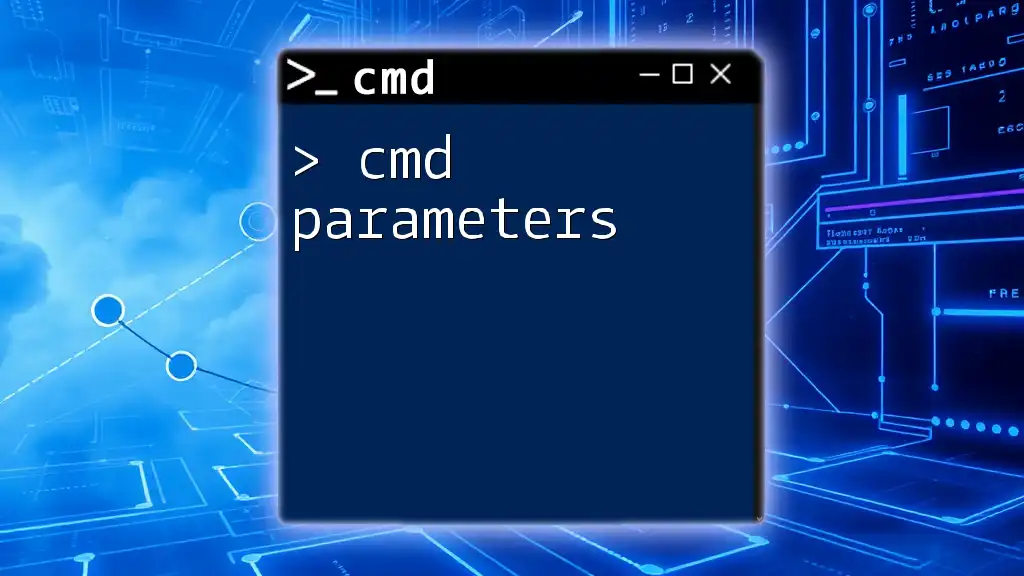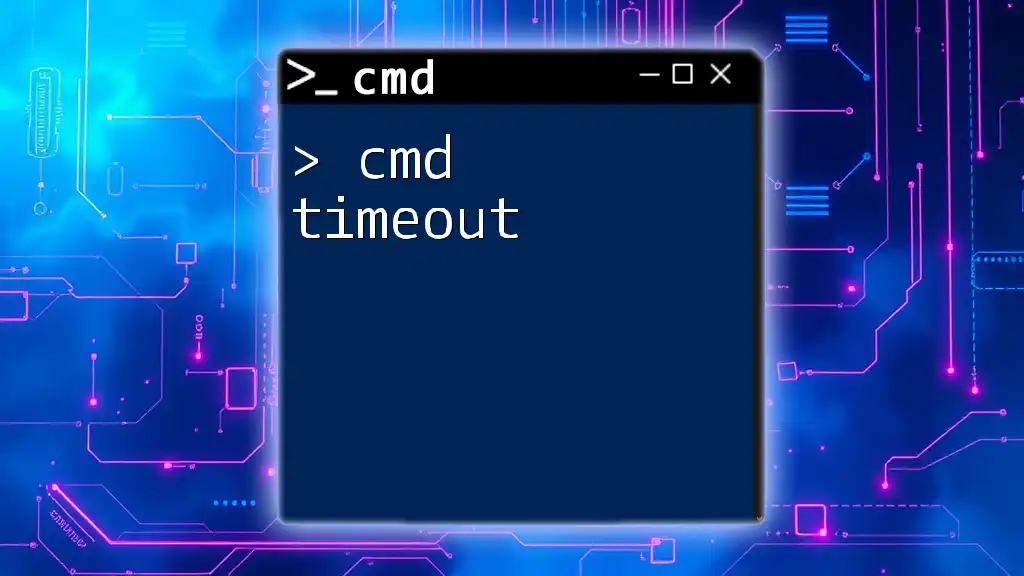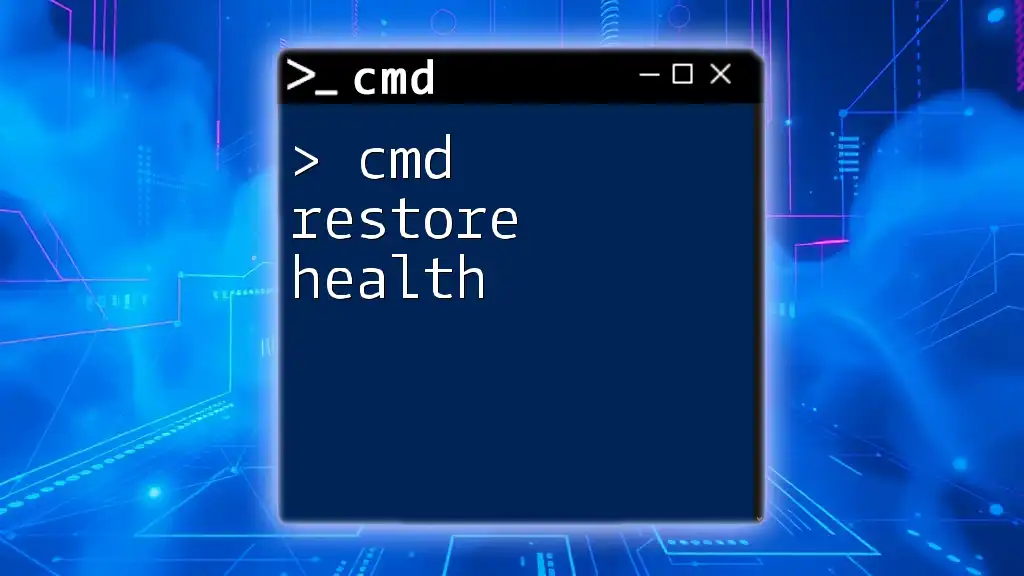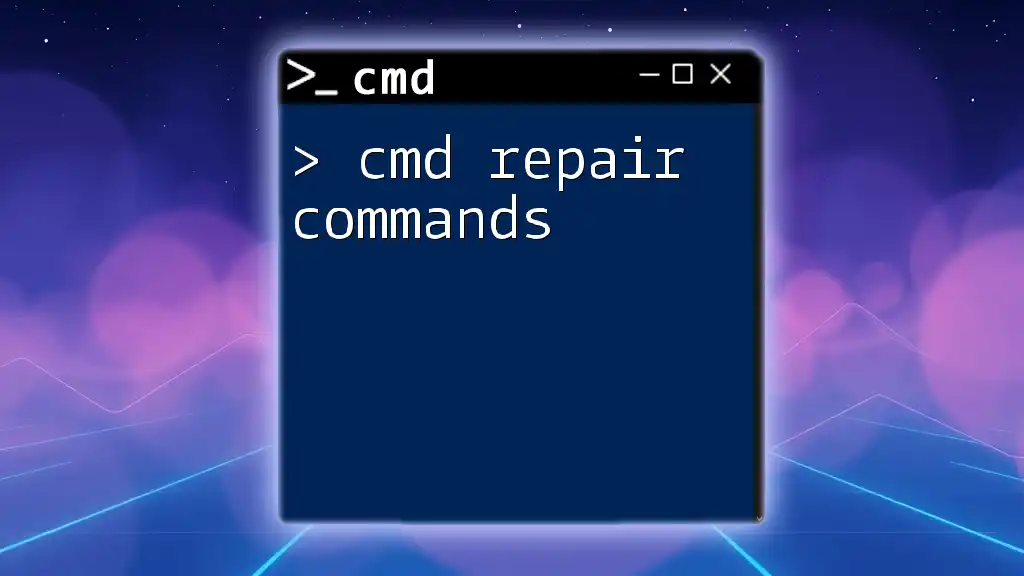The `tracert` command in CMD is used to trace the route packets take to reach a specific network destination, helping you diagnose network issues.
Here’s a code snippet to demonstrate its usage:
tracert example.com
What is CMD Tracing?
CMD tracing refers to the process of tracking the path that data takes to reach a specific destination over a network using the command line. This is accomplished primarily through the `tracert` command on Windows systems, which stands for "trace route." Tracing is critical for diagnosing network connectivity issues, understanding routing behavior, and optimizing network performance. It serves as a fundamental tool for IT professionals and network administrators.
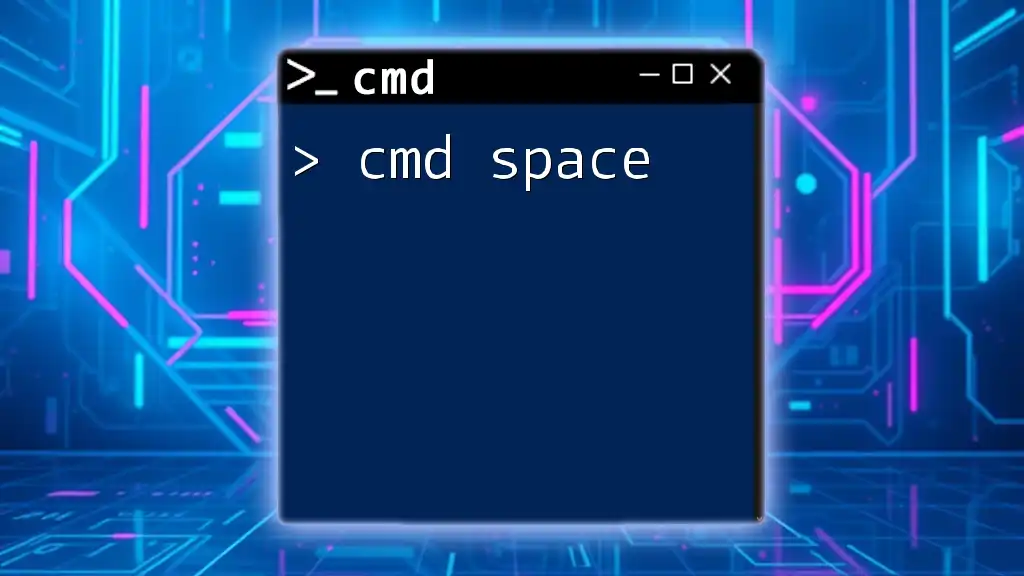
Why Use CMD Tracing?
Utilizing CMD tracing can have transformative effects on network troubleshooting. It provides insight into the number of hops taken, the time taken for each hop, and potential points of failure along the network path. Real-world applications of CMD tracing include:
- Network Analysis: Understanding how data packets navigate through various routers and devices.
- Performance Monitoring: Regularly checking the latency between points in a network.
- Troubleshooting: Quickly identifying where network slowdowns or issues are occurring.
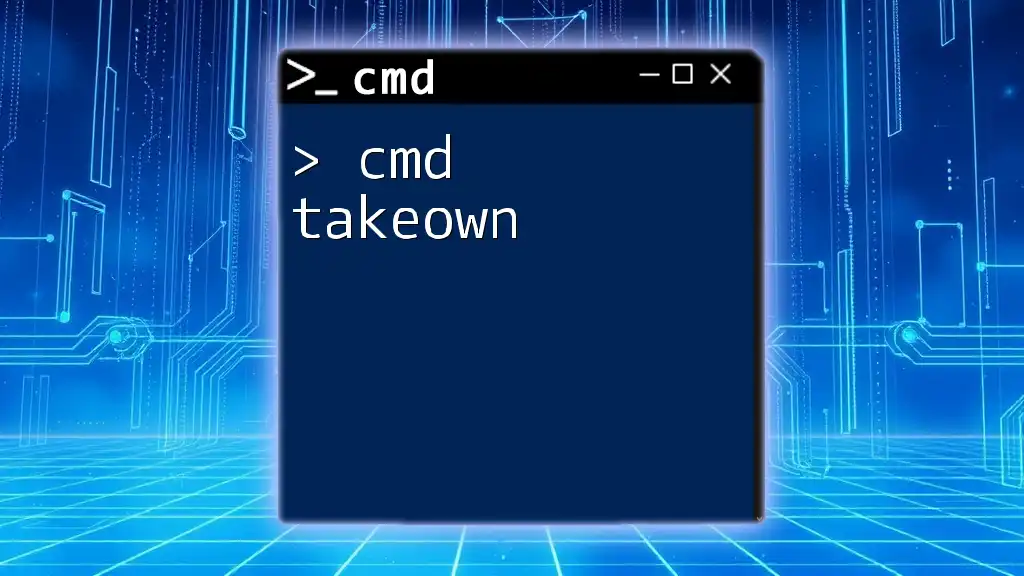
Overview of CMD Commands
Before diving into CMD tracing, it's essential to grasp basic command prompt operations. Windows Command Prompt, or CMD, provides a powerful way to interact with the operating system, employing text-based commands for various tasks. The versatility of CMD allows users to execute commands ranging from file manipulation to network diagnostics. Familiarizing yourself with built-in commands enhances your efficiency and troubleshooting capabilities.
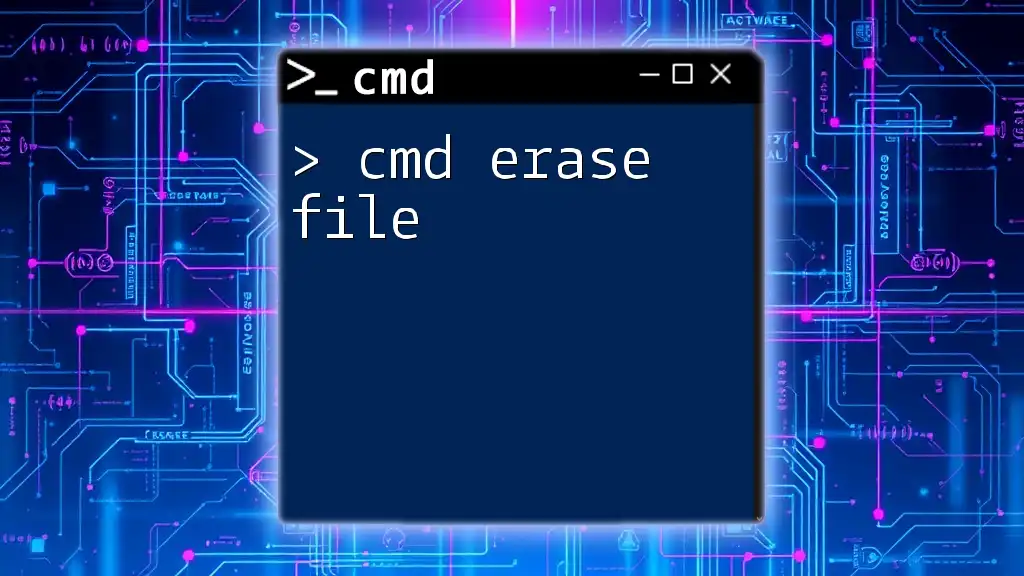
Key CMD Tracing Commands
The primary command used for tracing is tracert. The basic syntax for using the `tracert` command is:
tracert [destination]
Where `[destination]` can be a domain name or an IP address (e.g., `tracert google.com`).
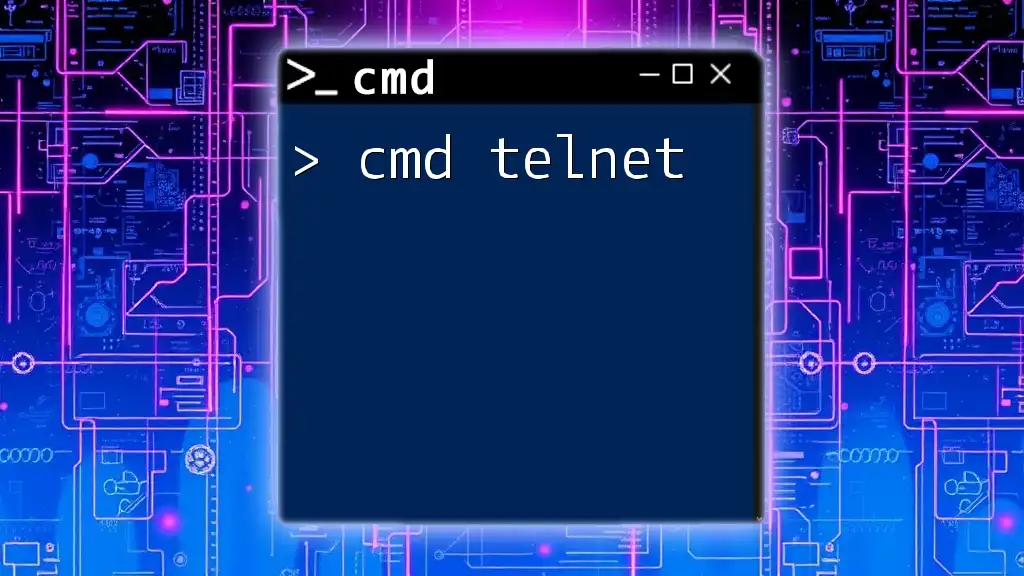
Executing a Basic Trace
To run a basic trace, open the Command Prompt and type the following command:
tracert google.com
This command will initiate a trace route to Google's servers. Once executed, you'll see an output detailing the hops the packets take to reach the desired destination.
Understanding the Output of Tracert
The output consists of several columns:
- Hop Number: Indicates the order of the hops.
- RTT (Round-Trip Time): This is measured in milliseconds and indicates how long it takes for the packet to travel to each hop and back.
- IP Address: This shows the address of the device or router at each hop.
For example, a sample output might look like this:
1 <1 ms <1 ms <1 ms 192.168.1.1
2 2 ms 2 ms 2 ms 10.1.1.1
3 5 ms 5 ms 5 ms 172.217.0.1
4 25 ms 24 ms 24 ms 216.58.214.14
Identifying Network Issues Using Tracert
By examining the output, you can quickly identify slow hops or anything unusual. For instance, if a specific hop has drastically higher latency, it may indicate a problem at that point in the network. Analyzing the output allows users to pinpoint connectivity issues and likely bottlenecks, leading to more efficient problem-solving.
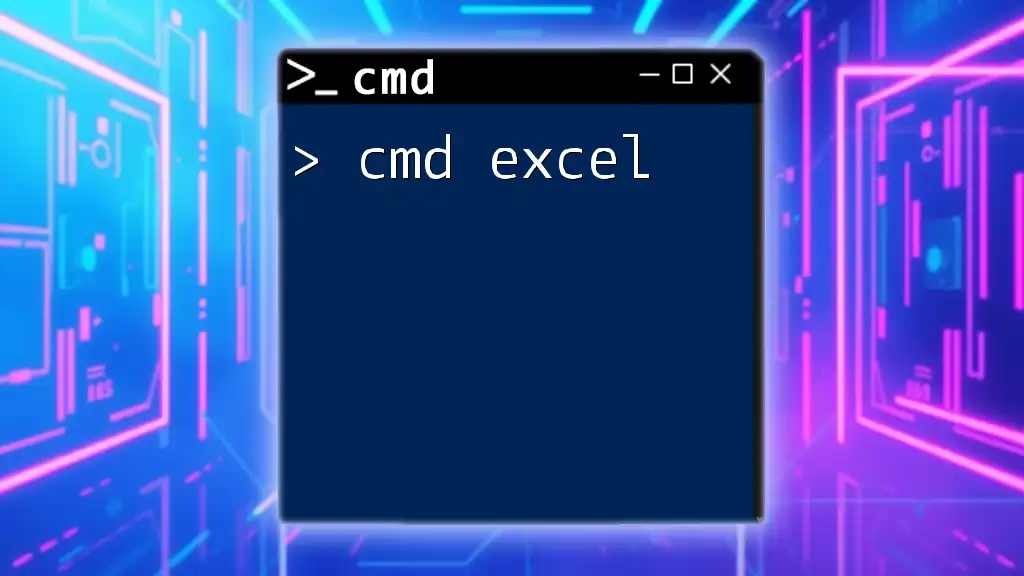
Advanced CMD Tracing Techniques
Using Additional Tracert Parameters
The `tracert` command also includes several options that enhance its functionality. Here are some common parameters you might consider:
- `-n`: Prevents the command from resolving IP addresses to hostnames, speeding up the trace.
- `-h [max hops]`: Specifies the maximum number of hops for the trace.
- `-w [timeout]`: Defines the timeout period for each reply.
An example of a command utilizing these parameters would be:
tracert -n -h 15 -w 200 google.com
This command traces the route to Google without resolving hostnames, limits hops to 15, and sets a 200 milliseconds timeout for each reply.
Saving Tracert Output for Documentation
Another powerful feature of CMD tracing is the ability to save your trace output for documentation or further analysis. By redirecting the command output to a text file, you can preserve valuable data.
The syntax for saving the output is:
tracert [destination] > output.txt
For example:
tracert google.com > google_trace.txt
This command saves the trace results to a file named "google_trace.txt," making it easier to review later or share with colleagues.
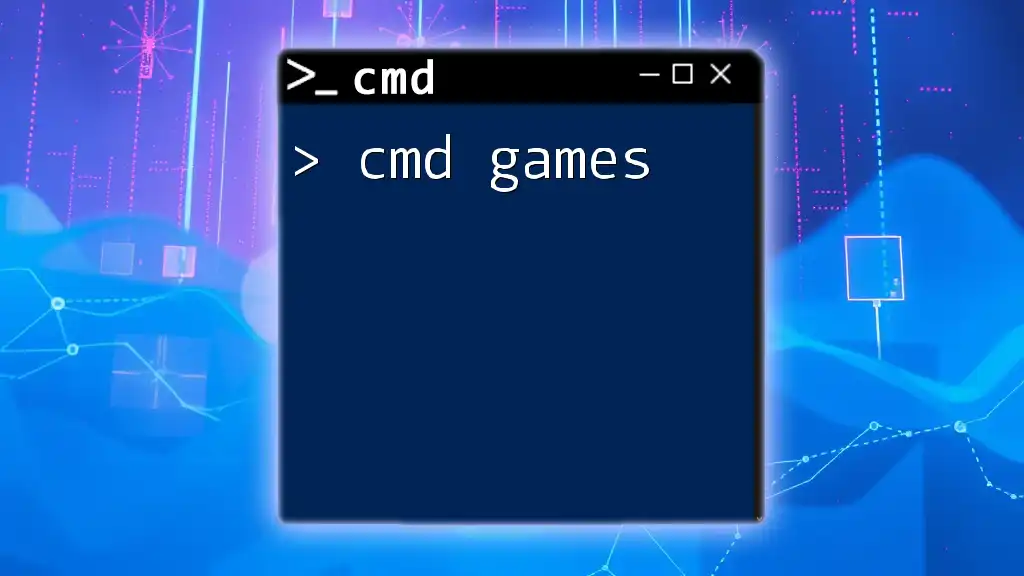
CMD Tracing for Specific Scenarios
Using CMD Trace for Local Network Troubleshooting
When troubleshooting local network issues, CMD tracing can be invaluable. For instance, if you're having difficulty connecting to a local device, running a trace can help you determine if packets are reaching that device or if they're being hindered by a local router.
tracert 192.168.1.10
This command traces the route to the local IP, providing insights into potential connectivity problems within your network.
CMD Tracing in a Corporate Environment
In larger organizations, effective CMD tracing becomes crucial in managing complex network structures. Regularly utilizing the trace command helps monitor performance across various departments and ensures reliable connectivity. CMD tracing is also essential for identifying network issues before they escalate, maintaining the integrity of corporate communications.
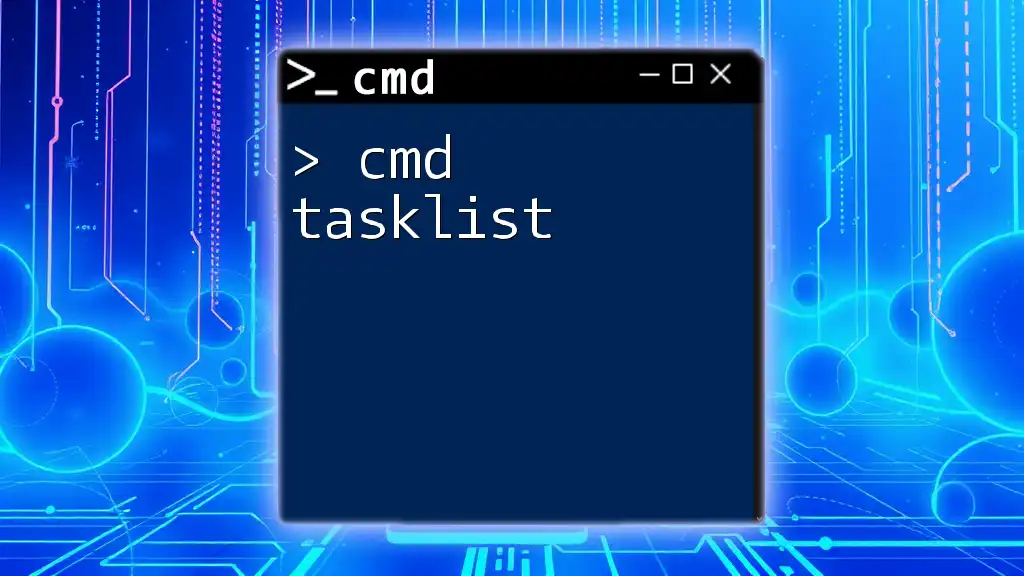
Recap of CMD Tracing's Importance
In summary, CMD tracing is a powerful tool for any network professional or tech enthusiast. Understanding how to utilize the `tracert` command effectively can lead to more efficient troubleshooting, enhanced network management, and a comprehensive understanding of data paths.
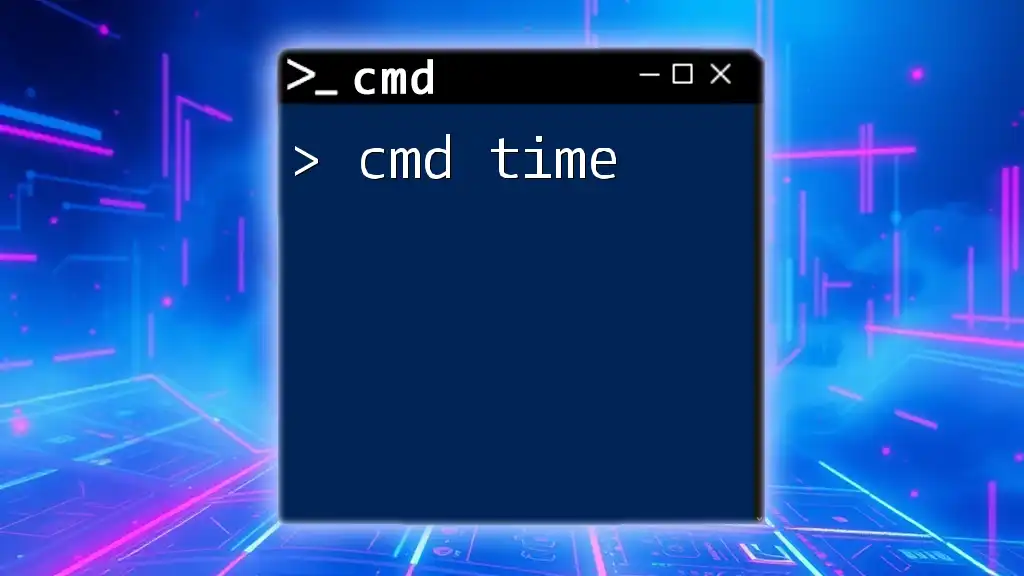
Additional Resources and Further Learning
For those eager to enhance their knowledge of CMD commands and tracing, numerous resources are available online. Books, technical documentation, and dedicated forums can provide further insights and tips. Engaging with communities interested in CMD can also spark new ideas and techniques for utilizing command prompt effectively.

Common Questions & Answers
What to do if tracert fails to reach a destination? If tracert fails, check for firewall settings or ensure that the destination IP address or hostname is correct. A timeout on the last hop may indicate that the destination is unreachable.
Can tracert be used across different operating systems? Yes, while CMD specifically refers to Windows, similar commands exist in other systems (e.g., `traceroute` on Unix-based systems).
Security considerations with using CMD tracing Be cautious when tracing routes over public networks, as exposing your network topology can make it vulnerable to attacks. Always adhere to company policies regarding network diagnostics.

